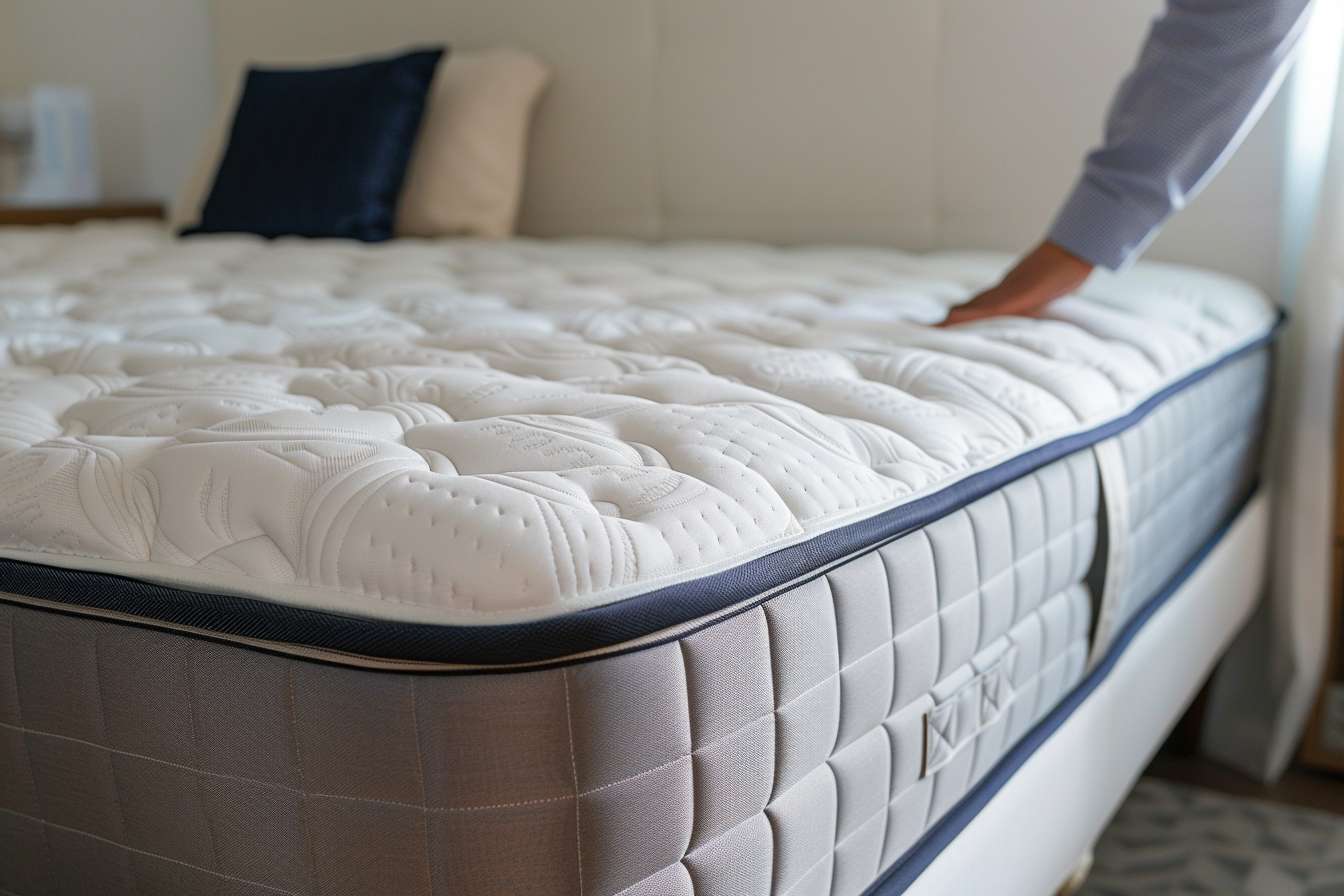Adjustable Bed options
Modern adjustable beds offer customizable comfort and health benefits that traditional mattresses cannot match. These innovative sleep solutions allow users to elevate their head, feet, or both, providing relief from various conditions while enhancing overall sleep quality. With advanced features like massage functions, USB charging ports, and wireless remote controls, today's adjustable beds cater to diverse needs and preferences. Understanding the different types, key features, and cost considerations helps consumers make informed decisions when selecting the right adjustable bed for their bedroom.

What Are Adjustable Beds and How Do They Work
Adjustable beds feature motorized frames that allow users to change the position of their mattress by raising or lowering the head and foot sections independently. These beds typically use linear actuators or electric motors controlled by wireless remotes or smartphone apps. The adjustable base supports specially designed mattresses made from memory foam, latex, or hybrid materials that can flex without damage. Most models offer preset positions for reading, watching television, or sleeping, while premium versions provide infinite positioning options for personalized comfort.
Key Features to Consider When Choosing Options
Modern adjustable beds come equipped with various features that enhance user experience and convenience. Essential features include quiet motor operation, typically under 50 decibels, ensuring minimal sleep disruption for partners. Many models offer dual-zone control for couples, allowing each side to adjust independently. Additional features include built-in massage functions with multiple intensity levels, under-bed lighting for nighttime navigation, and USB charging ports for electronic devices. Some premium models include zero-gravity positioning, which elevates the knees slightly above the heart level for improved circulation.
Health Benefits and Medical Applications
Adjustable beds provide significant health advantages for individuals with various medical conditions. Elevating the head section helps reduce acid reflux, snoring, and sleep apnea symptoms by keeping airways open during sleep. The elevated position also benefits those with respiratory issues or congestion. Raising the foot section improves blood circulation and reduces swelling in the legs and feet, particularly beneficial for individuals with diabetes or circulation problems. Physical therapists often recommend adjustable beds for patients recovering from surgery or dealing with chronic back pain, as proper positioning can alleviate pressure points and promote healing.
Types and Styles Available in the Market
Adjustable bed options range from basic split-king models to luxury full-featured versions. Split-king beds consist of two twin XL adjustable bases placed side by side, ideal for couples with different comfort preferences. Full-size adjustable beds work well for single sleepers or smaller bedrooms. Wall-hugger designs maintain the user’s position relative to nightstands when the head section rises, preventing the need to reach for items. Some models feature articulating head sections that bend at multiple points for more natural positioning, while others include massage zones targeting specific body areas.
Cost Comparison and Pricing Information
Adjustable bed prices vary significantly based on size, features, and brand reputation. Understanding the investment required helps consumers budget appropriately for their sleep upgrade.
| Bed Type | Provider | Cost Estimation |
|---|---|---|
| Basic Twin XL | Nectar, Purple | $800 - $1,200 |
| Mid-Range Queen | Tempur-Pedic, Sleep Number | $1,500 - $3,000 |
| Premium King | Craftmatic, Reverie | $2,500 - $5,000 |
| Luxury Split-King | Ergomotion, Leggett & Platt | $3,000 - $7,000 |
Prices, rates, or cost estimates mentioned in this article are based on the latest available information but may change over time. Independent research is advised before making financial decisions.
Shopping Tips and Installation Considerations
When selecting adjustable bed options, measure your bedroom space carefully to ensure proper fit and clearance for the bed’s movement. Consider the ceiling height, as raised positions require additional vertical space. Test different models in showrooms to experience the motor noise levels and positioning comfort firsthand. Verify warranty coverage, typically ranging from 5 to 25 years for different components. Professional installation services ensure proper setup and safety, though many models offer straightforward assembly for DIY installation. Check compatibility with existing bedroom furniture and ensure adequate electrical outlets are available near the bed location.
Choosing the right adjustable bed involves balancing desired features with budget constraints while considering long-term health benefits. Quality adjustable beds represent a significant investment in sleep comfort and overall well-being, potentially improving sleep quality and addressing various health concerns for years to come.




